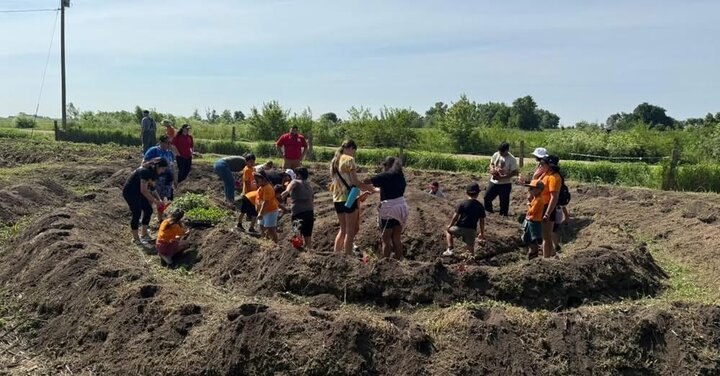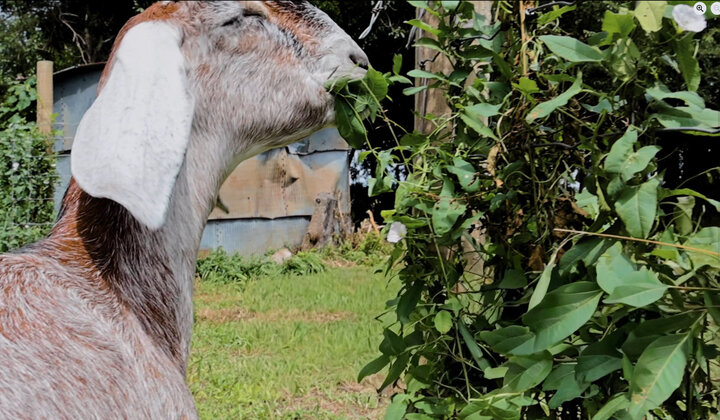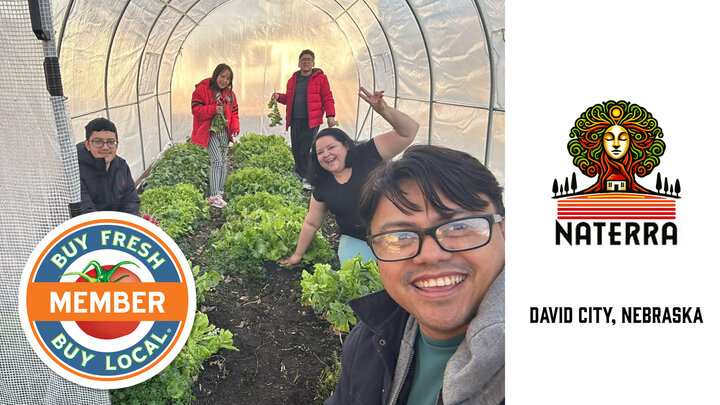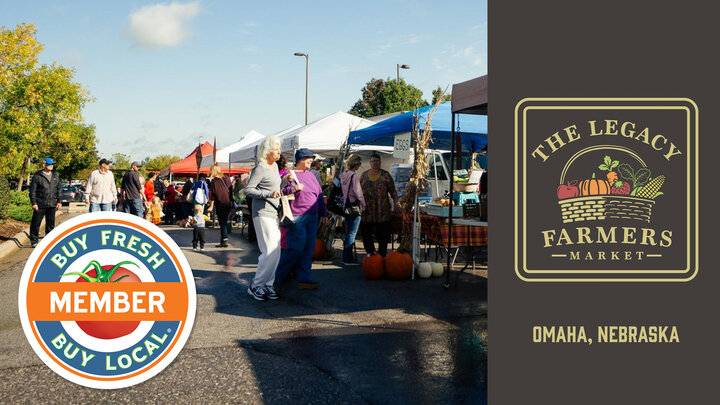NaTerra Farms: Rooted in Nature and Guided by Tradition
What NaTerra Farms Offers:
- Fresh seasonal produce
- Free-range chickens
- Free-range eggs
Every product at NaTerra Farms is produced within the Rainforest System Model, inspired by Ernst Götsch’s syntropic agriculture, and guided by the ancestral teachings of Ailton Krenak and Daniel Munduruku. The system’s design honors the principle that food is medicine and agriculture is ceremony — cultivating not only crops and animals, but soil health, cultural memory, and spiritual sovereignty.
For more information, visit 🌍 www.naterrafarms.com to learn how each harvest supports the creation of regenerative communities and healing landscapes in Nebraska and beyond.
Roots from the Riparian Forest
NaTerra Farms is grounded in the Amazonian riparian traditions of Acará, Pará, Brazil, where Kaaboc (Sandro Lopes) was raised among communities whose lives were entwined with rivers, floodplains, and forest edges. In those landscapes, every planting, every harvest, was a ceremony of reciprocity. That ancestral memory became the foundation for NaTerra’s mission: to bring the vitality of forest-edge agriculture into regenerative systems adapted to the Midwest.
Philosophical Framework: Syntropy + Indigenous Wisdom
NaTerra’s philosophical core merges Ernst Götsch’s syntropic agriculture (successional agroforestry) with Indigenous cosmologies and ecological wisdom. Götsch’s approach—detailed through Agenda Gotsch—teaches us that agriculture must be process-based, not input-based, that succession and cooperation, not competition, guide system design. Meanwhile, Kaaboc draws philosophical grounding from thinkers such as Ailton Krenak (see his profile at EA FFLCH, USP) and Daniel Munduruku, who challenge the nature/culture divide and center relational ethics in land care.
Rainforest System Model Adapted for the Plains
Within NaTerra’s Rainforest System Model, the goal is not to mimic Amazon forest in every detail, but to absorb its logic: stratification, succession, symbiosis. By layering pioneer species, shrubs, perennials, and trees in time and space, the farm accelerates the regeneration trajectory. This is not a rigid template but a living, responsive design: each bed, guild, and alley is adapted to soil, climate, and community needs.
Muvuca, Nhembojera & Nhandereko in Practice
Drawing on ancestral Amazonian techniques, NaTerra uses muvuca—dense intercropping of multiple species—to jumpstart biomass and microbial networks, and nhembojera, a collective tradition of seed sharing and planting. Nhandereko, a Guarani concept of reciprocal living, informs how plants, animals, and people support one another. These principles are translated into Midwest contexts, forming polycultures that heal degraded soil and host more biodiversity.
Mandala, Milpa & Food Forest Designs
NaTerra’s spatial architecture is shaped around Mandala Gardens, Milpa systems, and Food Forests:

- Mandala Garden: concentric beds of vegetables, herbs, flowers, compost, water features—designed for energy flow, soil rest, and fertility cycling.
- Milpa Garden: reviving the Mesoamerican triad (corn, beans, squash) as a living metaphor of interdependence, adapted with other companion species.
- Food Forest: the long-term backbone, integrating fruit and nut trees, nitrogen-fixers, shrubs, perennial foods, medicinal plants, and understory species. Over time, the forest becomes partly self-sustaining.
Together, these systems mirror forest logic—layers of structure, complexity, and feedback loops.
Teaching the Rainforest System as Ceremony & Curriculum
NaTerra is also a living school: the fields themselves are classrooms, where participants learn not just how to plant, but how to listen—to soil, to insects, to plant community dynamics. Workshops weave in contemplative practices, silence, story, and ancestral memory. The farm’s Gardens of Healing program invites participants into acts of humility and regeneration, rather than simply technical mastery.
Integrated, Ethical Livestock in the System
Animals are not external inputs—they are partners. Free-range chickens, ducks, and geese traverse garden alleys, depositing fertility and controlling pests. Nubian goats (and other milk-capable breeds) graze between trees and shrubs, contributing to pruning cycles and nutrient cycling. In this design, animals help activate soils, enhance structure, and create polycultural resilience—all while producing eggs, meat, and milk ethically.

Healing, Sovereignty & Food as Resistance
Every product from NaTerra—from seasonal vegetables, eggs, meat, goat milk, ducks and geese—is a gesture of reconnection and sovereignty. In a world bent toward extraction, NaTerra offers food that is medicine, identity, and autonomy. Beyond commerce, the farm is a node in a network of Indigenous, Latino, and agroecological movements working to re-anchor communities to land, memory, and mutual care.
A Trajectory Toward Regenerative Futures
NaTerra Farms is not a static model but a dynamic invitation. Inspired by Agenda Gotsch’s vision of life in syntropy, grounded in Krenak’s critique of anthropocentrism and colonial logic, and drawing on Amazonian traditions, NaTerra sketches a path forward: one where the Midwest can host gardens that heal soil, spirit, and sovereignty. Explore more at agendagotsch.com, EA FFLCH’s Ailton Krenak page, and naterrafarms.com—and imagine a future where farms are not extractive machines, but living forests of hope and reciprocity.



